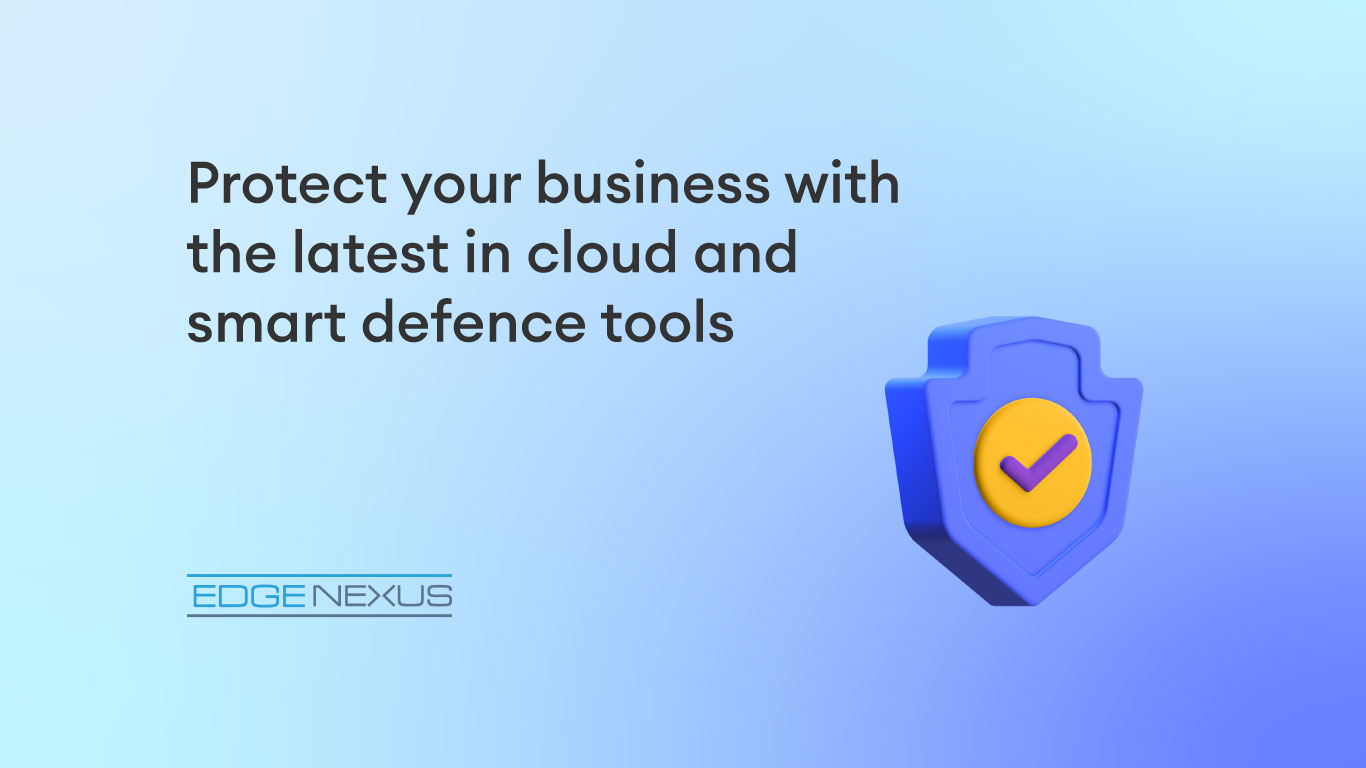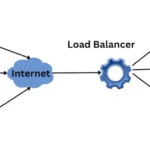From honeypots to machine-learning protection, from web application firewalls to cloud brokers, defending your company’s IT is much more than just traditional antivirus and firewalls. See how the new generation of protection tools works as part of layered defenses to keep your websites, workers, and data secure.
Business leaders expect their IT departments to handle digital security while delivering new services and adding value, keeping workers productive, all with 0% downtime on often shrinking or flat budgets.
Most firms understand the basics of the latest threats, deploying firewalls, malware blockers, and antivirus tools, but to truly protect a business, a set of flexible and smart layered defenses are required.
Workers are the weakest link
It all starts with the workforce who use office productivity apps, cloud services, and a growing range of other applications. Most have little technical skill and rely on the business to protect their email accounts and messaging apps from the streams of spam, risky links, and malware.
Email filters and antivirus tools do the bulk of the work, but training staff is vital as people remain the weakest link. They will open that one infected file that looks really important or believe that a boss really “needs £20,000 transferring right now”.
Technology can also guide them in the right direction with apps demanding strong passwords, or, better yet, passphrases and two-factor authentication providing a second layer of safety to prevent hackers from gaining unauthorized access to apps.
Official training, regular reminder lessons, and live testing help reinforce the message while providing clear ways for workers to report suspicious activity are all vital steps in protecting the digital assets of a company or enterprise.
Web-application firewalls defend your online presence
So much business is done in the cloud, on websites, and in stores, making them a prime target for criminals. From WordPress sites to hosted stores or applications, the attacks grow in volume and dangers, and traditional security tools won’t help protect them.
A web application firewall (WAF) is designed to secure websites and services against typical or innovative attacks such as cross-site scripting [XSS], SQL injection attacks, denial-of-service mass, or cross-site request forgery attacks.
Standard firewalls protect hardware and addresses, but do not protect specific applications. The WAF blocks specific attacks trying to break into web applications scanning the inputs and content to block suspicious messages and malicious attacks. If all this sounds like gibberish, managed service providers can deliver business safety and productivity tools for all sizes of organisation.
Check out the latest Edgenexus EdgeWAF, delivering all the protection that businesses require.

Visit the EdgeWAF page on the Edgenexus website: Click here.
Why honeypots give firms the value of deception
Most protection tools are well sign-posted in IT, the hackers know what businesses use, and try to work around them. Honeypots are an interesting way to even the odds. That’s because no matter how much a company spends on traditional or cutting-edge security, eventually, a hacker will break into business systems.
However, a virtual honeypot can slow down the attacker, creating a “fake” version of the business’s environment and systems. That gives your IT team time to react, fix the exploit, and see what the criminal wants to do.
Fighting the ever-changing cyberwarfare battle
Most companies follow IT best practices to protect their services and data. But some do not think they are worth attacking or think that antivirus and a basic firewall will do the job. Automated attacks and smart hackers have other ideas and as the threat landscape changes, we all need to keep up to date with the latest tools.
Even as cloud and on-premises security become largely automated and AI-based, there will still be breaches as networks grow, increasing the number of vulnerabilities. Using every tool at our disposal is key to staying protected and minimising the risk to a company’s data.






